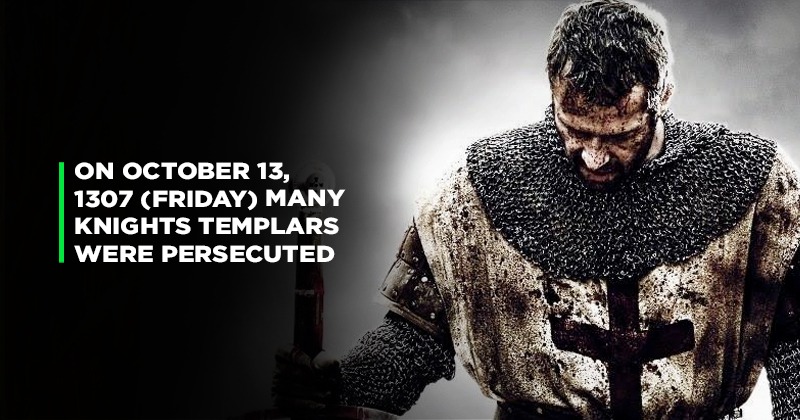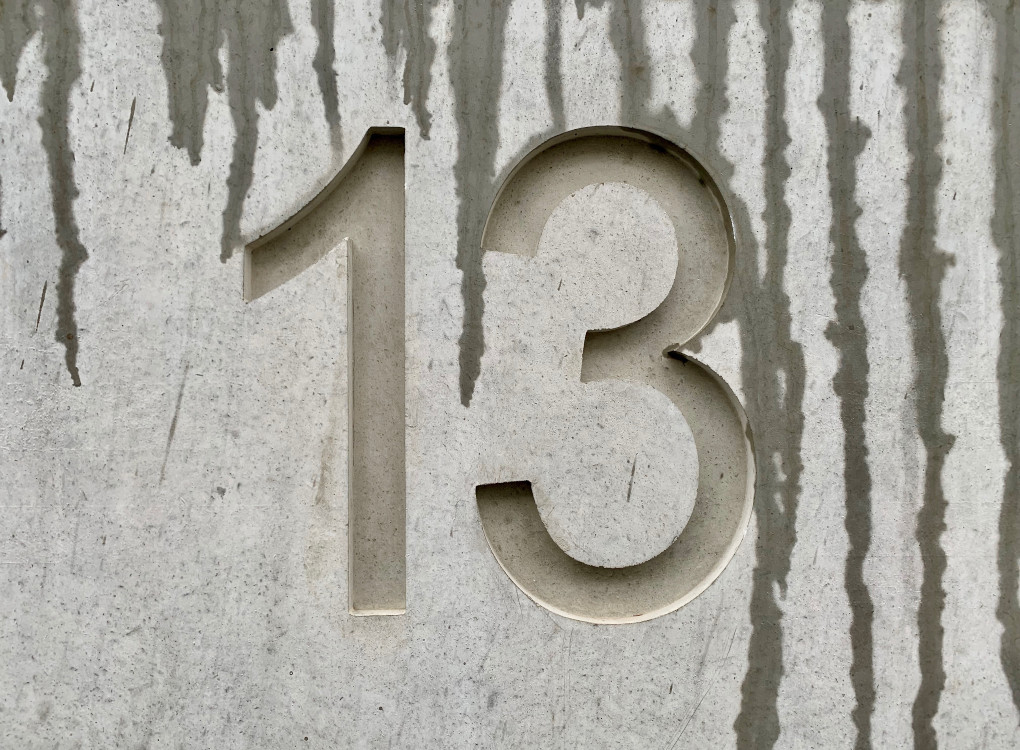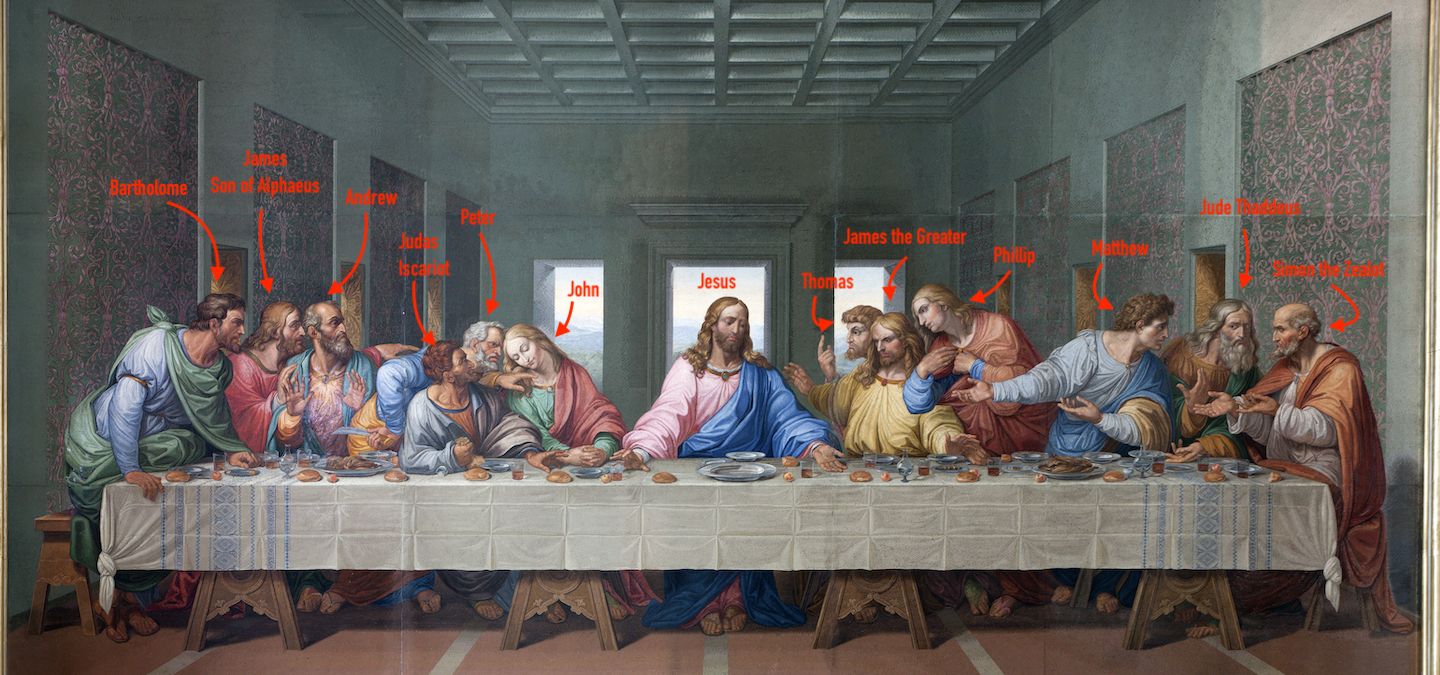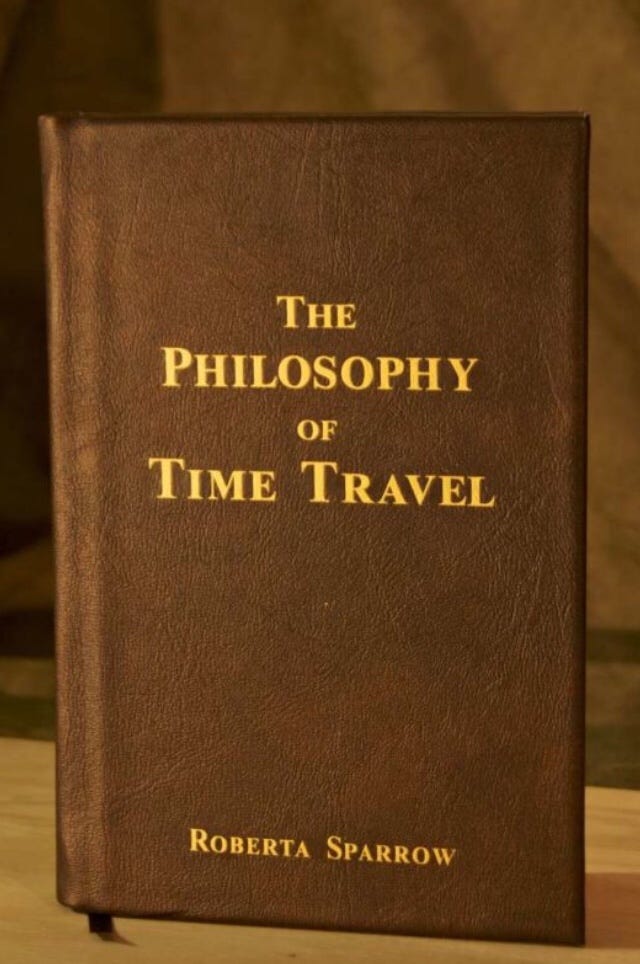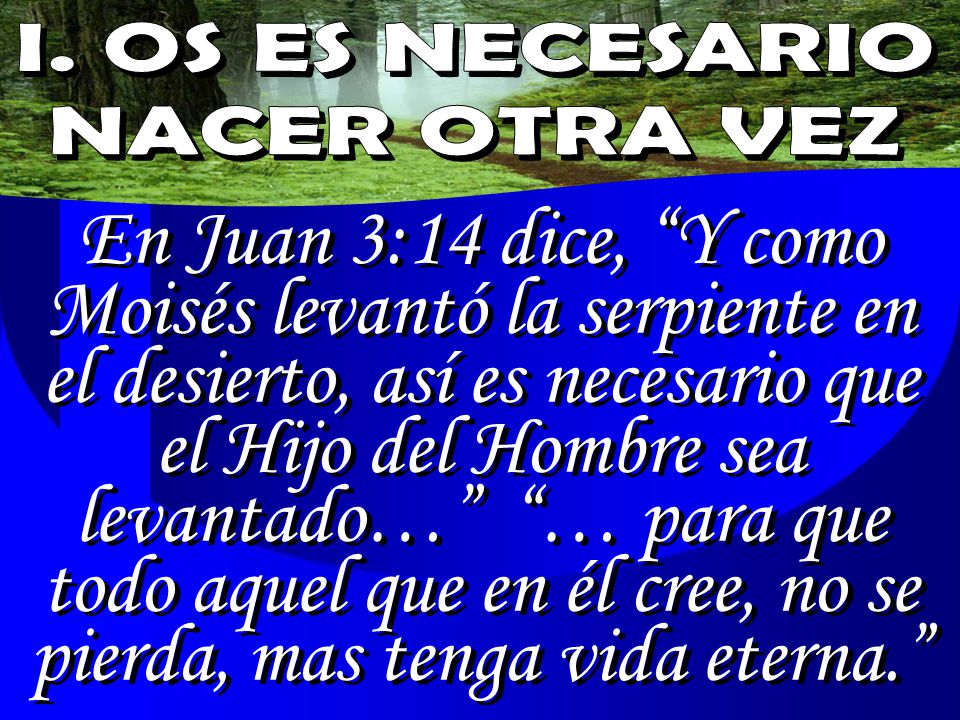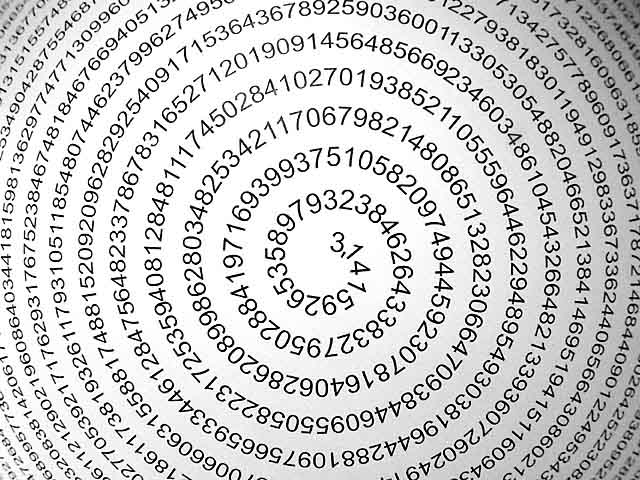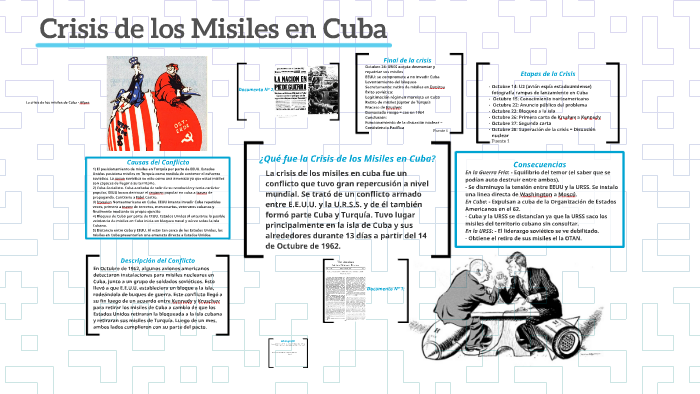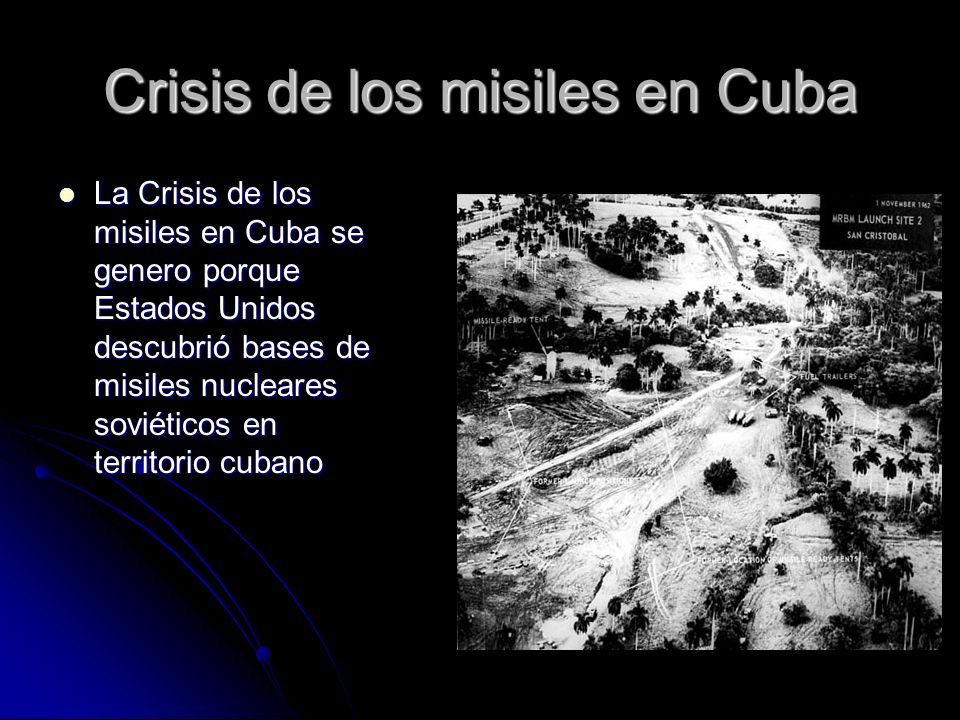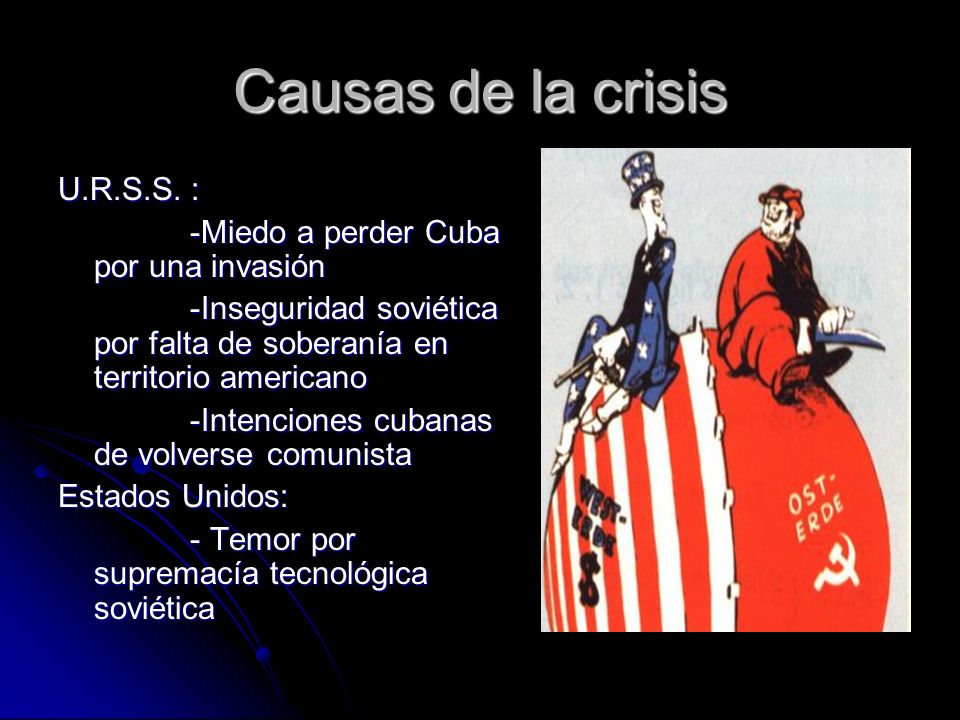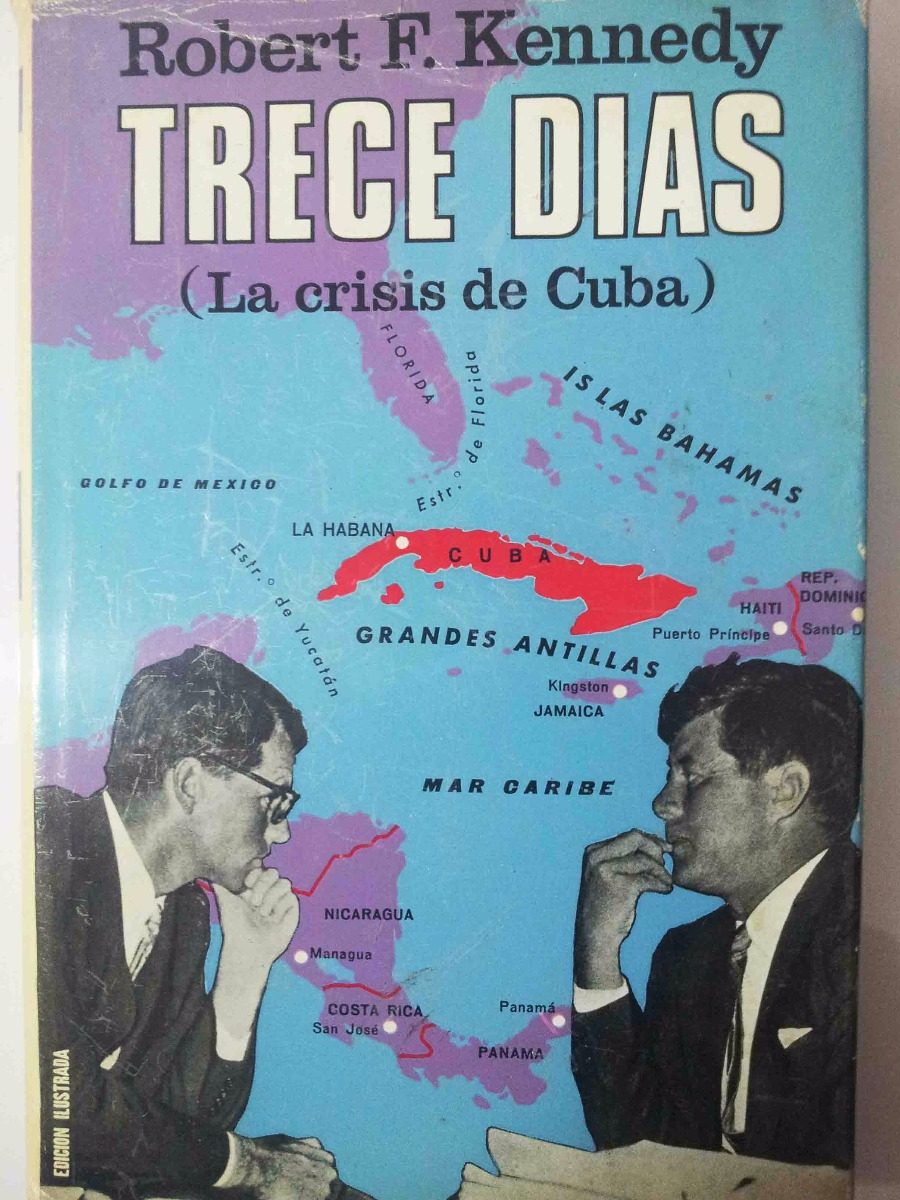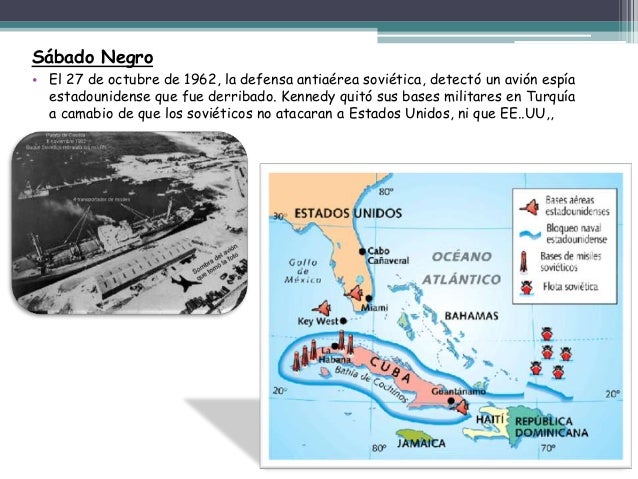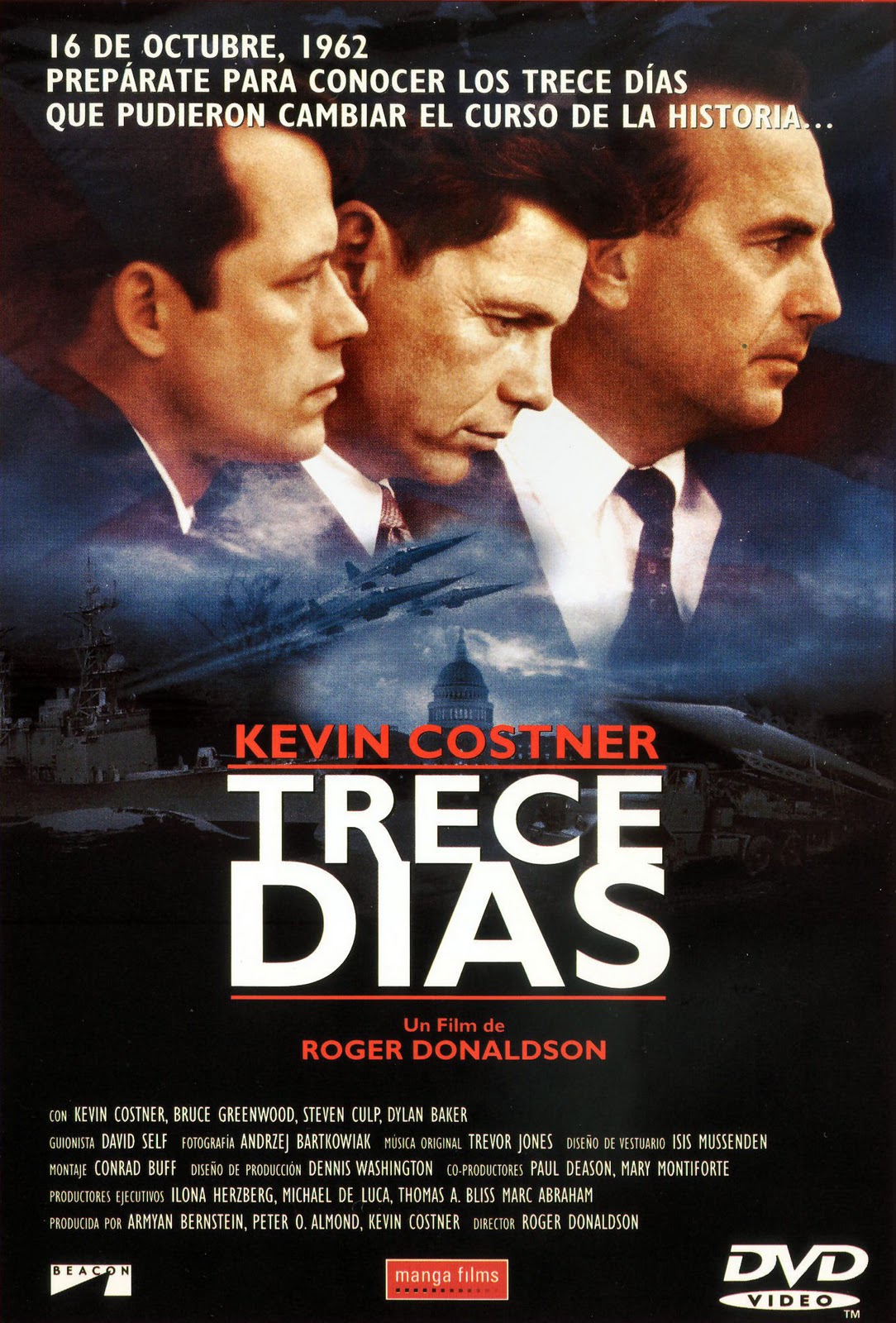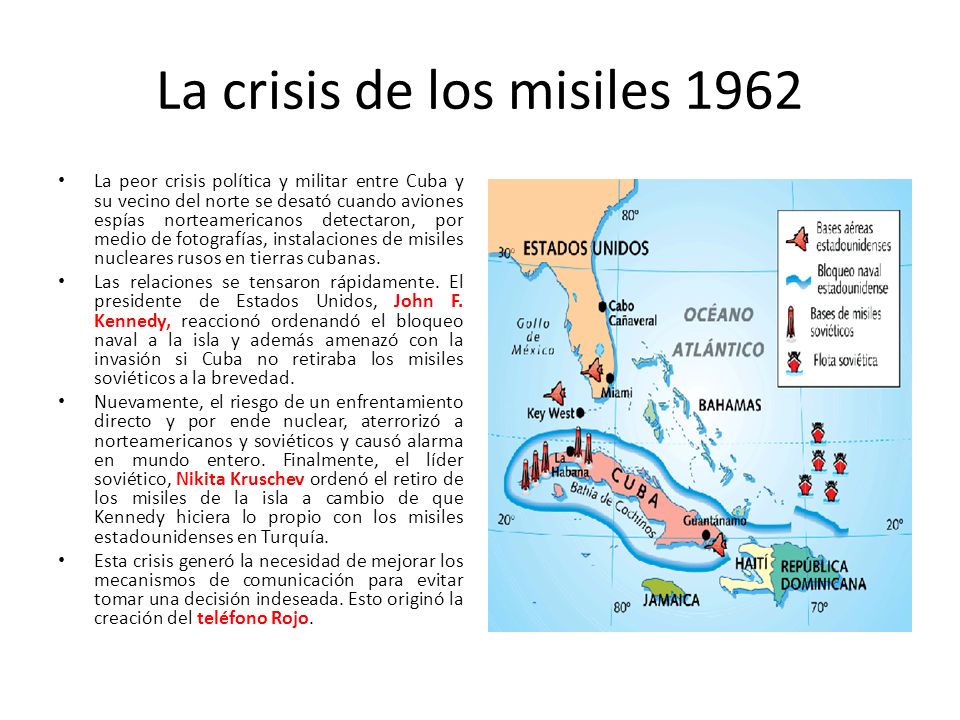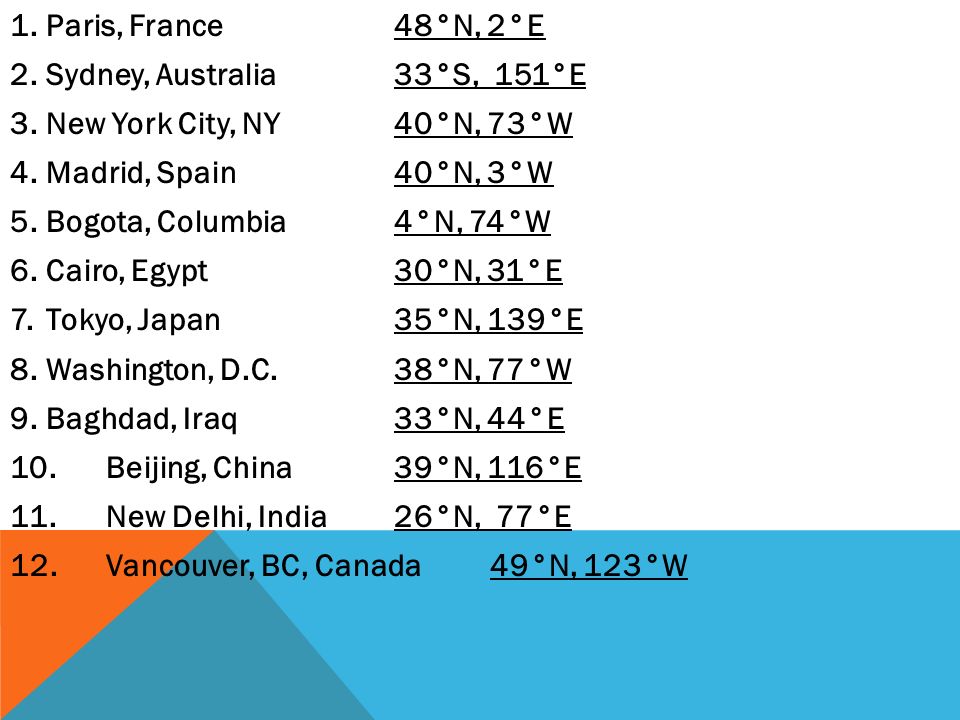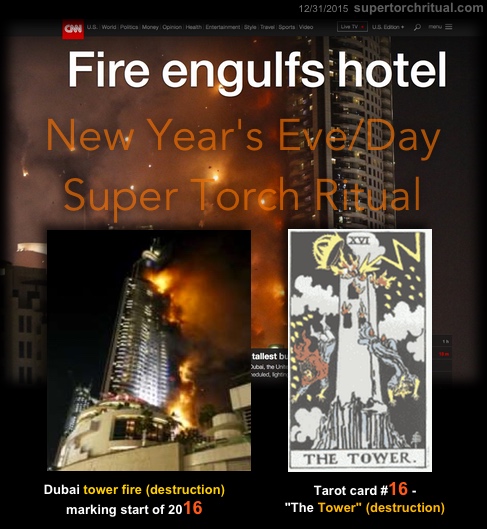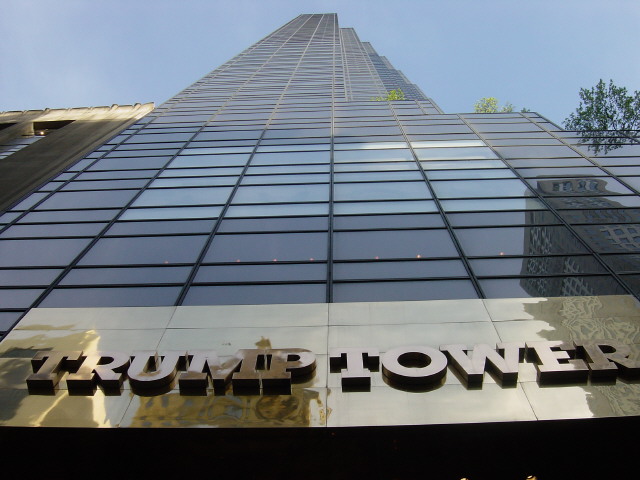|
|
General: GREENWICH FATIMA S MERIDIAN 33 YEARS OCTOBER 13TH (1917-1884) SATURDAY 13TH 1917
Scegli un’altra bacheca |
|
Rispondi |
Messaggio 1 di 32 di questo argomento |
|

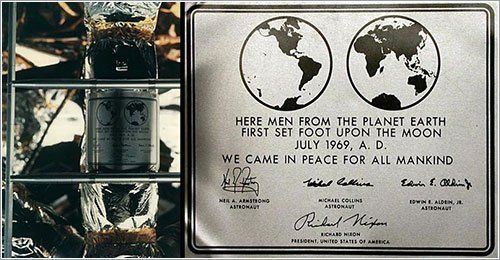
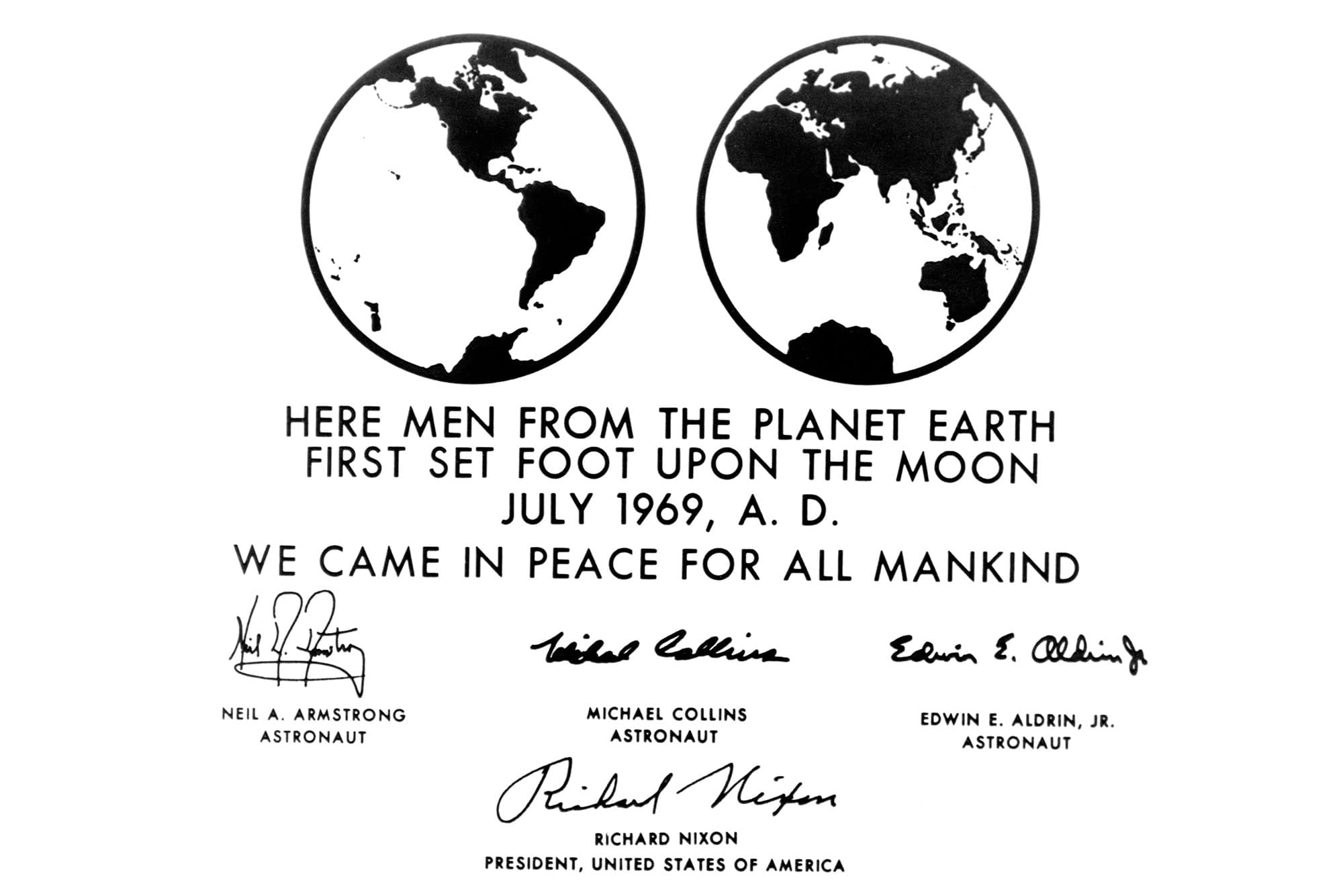
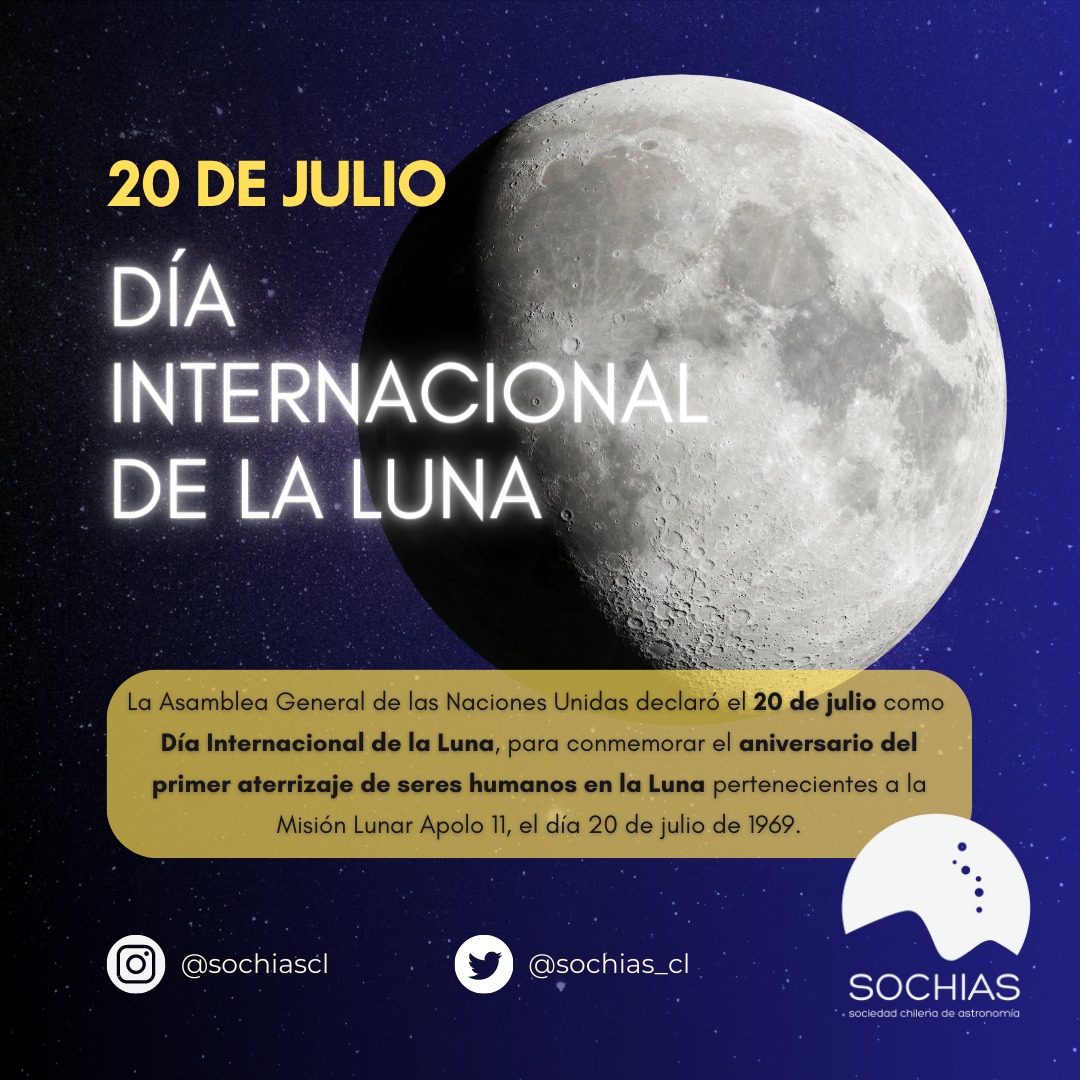


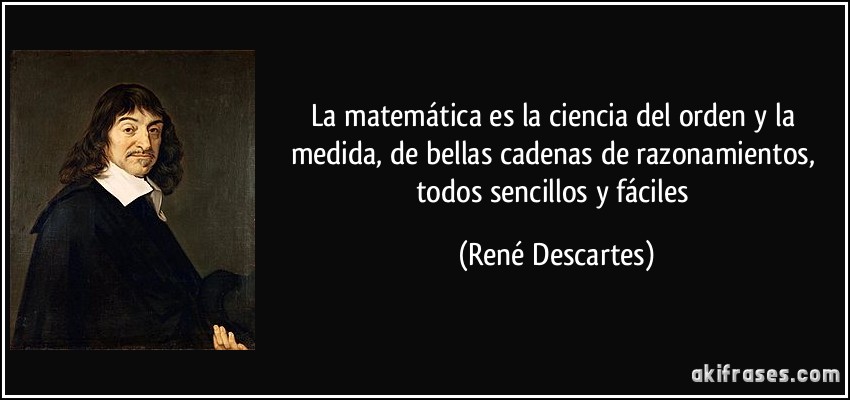
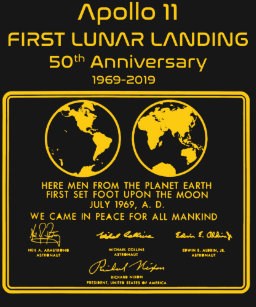 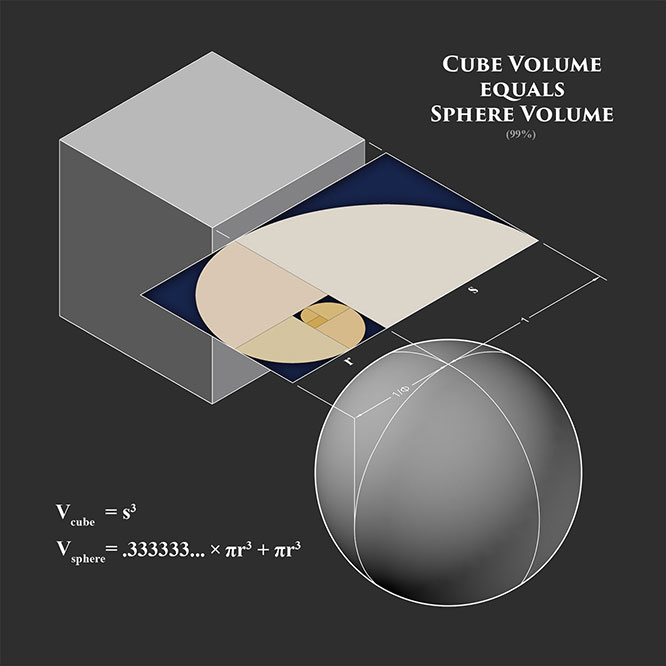
Here is an interesting read on Stargates and 19.47
In terms of Richard Hoagland's ' hyperdimensional physics' derived from the geometric 'message' of Cydonia (Mars), the conduit or 'stargate' between this world 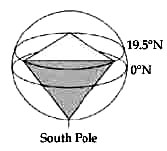 and the Otherworld (i.e. hyperspace) is prominently represented by the angle 19.5°. According to the theory, it is the tetrahedral geometry signified by this angle that enables inter-dimensional energy transfer between the two realms.  This 'stargate' geometry is expressed by a circumscribed tetrahedron (made up of four equilateral triangles). Interestingly enough, the hieroglyphic sign denoting Sirius was a triangle in ancient Egypt. The connection is made evident by archaeo-astronomy. First, it is widely accepted these days that the 'air shafts' inside the Great Pyramid were designed to aligned with certain stars. One was specifically targeted toward Sirius in c. 2350 BC.
And at that pinpointed time (c. 2350 BC), Sirius and Orion's Alnitak (representing the Great Pyramid as per the Orion Correlation Theory) together produced the angle 19.5° (when Sirius was rising on the Giza horizon).[10]
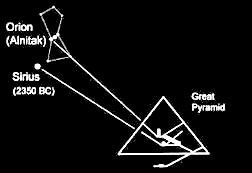 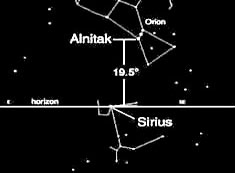
Next, it is natural - given the Sirius-Great Bend connection - to wonder about the possibility of the Nile's 'Winding Waterway' having some relevance to tetrahedral geometry. Indeed, we do find a clear connection!
Believe it or not, the northern peak of the Great Bend precisely pinpoints the tetrahedral/stargate latitude, 19.5°N.!

What's even more incredible is the fact that the same Bend peak also pinpoints 33°E longitude. As those familiar with Hoagland's work would surely know, '33' and '19.5' are considered the two key numbers in the 'hyperdimensional code'! (Hoagland is just not yet aware of this Nile connection.)
In 1997, the esoteric importance of those numbers was overtly demonstrated as NASA landed a tetrahedron-shaped Mars Pathfinder lander on the Red Planet at 19.5 N and 33 W.! (That's pretty in your face, isn't it?)
    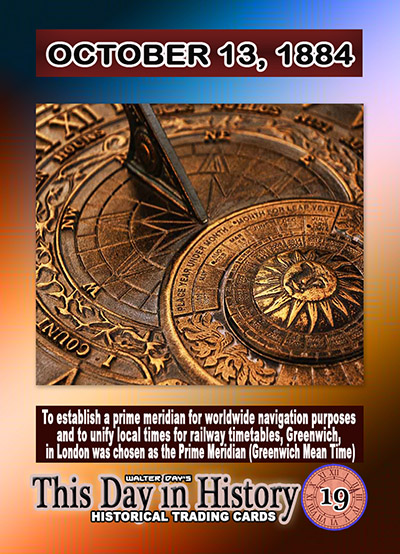 |
|
|
|
Rispondi |
Messaggio 18 di 32 di questo argomento |
|
|
|
|
Rispondi |
Messaggio 19 di 32 di questo argomento |
|
|
|
|
Rispondi |
Messaggio 20 di 32 di questo argomento |
|
WASHINGTON D.C 77 WEST+NEW DELHI 77 EAST=154
|
|
|
|
Rispondi |
Messaggio 21 di 32 di questo argomento |
|
París te espera. Te propongo un paseo juntos por el Barrio Latino, Montmartre, Saint Germain, los Campos Elíseos, el Marais o sobre las aguas del Sena. Tú eliges.
La imaginaria Línea Arago, el meridiano de París.
Desde muy antiguo, el hombre ha querido poner límites geográficos a la Tierra y ha evidenciado una innegable necesidad de introducir magnitudes de medición que permitan a cartógrafos, geógrafos e, incluso, astrónomos tener una posibilidad de situar un punto con exactitud en nuestro planeta.
Hasta 1884, momento en que se celebró la Conferencia Internacional del Meridiano, eran varios los puntos de partida utilizados para medir la tierra hacia derecha e izquierda. En este momento se tomó como medida universal el Meridiano de Greenwich, el meridiano cero, el punto desde el que se habrían de medir todas las distancias en la tierra en el sentido este-oeste. Pero este meridiano no fue el primero ni el único que existió en nuestro planeta.

Medallón Arago situado entre el 152 y el 154 del Boulevard Saint Germain .
Uno de los más conocidos hasta entonces fue, precisamente, el Meridiano de París, una línea imaginaria cuyo punto cero pasaba por el Observatorio Astronómico de la ciudad.
Hoy nos vamos a referir a esta línea imaginaria que, con el paso del tiempo y a modo de homenaje, ha tenido su réplica sobre el pavimento de París. Más aún después de que Dan Brown publicara su célebre obra «El Código da Vinci» en el que se le menciona en varias ocasiones identificándola (erróneamente) con la Línea Rosa.
Hablemos del autor de este meridiano de París.
François Arago, quien dio nombre a esta línea imaginaria, fue un astrónomo francés que nació en 1786 muy cerca de Perpignan y su familia era catalanoparlante. Su padre era un campesino acomodado que pudo dar carrera universitaria a varios de sus ocho hijos. Estudió en el instituto público de Perpignan. Mostrando gustos militares desde su infancia, se centró en el estudio de las matemáticas para preparar el concurso de ingreso en la Escuela Politécnica de París.

Medallón Arago situado en los Jardines de Luxemburgo.
En dos años y medio consiguió el nivel adecuado en todas las ciencias exigidas para el concurso de ingreso en la escuela. Fue admitido con la nota más alta de su promoción y se matriculó en la sección de artillería, pero se quejaba del nivel insuficiente de los profesores. Criado en un ambiente republicano, se negó (junto con otros alumnos) a felicitar a Napoleón con motivo de su coronación en 1804, desobedeciendo las normas de esta Gran Escuela.
En el año 1804, gracias a la recomendación de Siméon Poisson y Pierre Simon Laplace, recibió el cargo de secretario-bibliotecario del Bureau des Longitudes (Oficina de las Longitudes) del Observatorio de París mientras seguía estudiando en la Escuela Politécnica. De esta forma consiguió ser incluido junto con Pierre-Simon Laplace y Jean Baptiste Biot en el grupo llamado a completar las medidas del meridiano que empezó años antes J. B. J. Delambre.
Ahí empezó su andadura en busca del meridiano exacto, un meridiano que pasaba por París.
Arago tuvo la suerte de preservar todos los resultados de sus investigaciones y los depositó en el Bureau des Longitudes de París. La calidad de sus trabajos le convierten enseguida en un ciéntifico renombrado no sólo en el seno de la comunidad científica sino también en la opinión pública.

Medallón Arago situado en el Palais Royal.
En 1830 Arago, que siempre había profesado ideas republicanas, fue elegido diputado por los Pirineos Orientales y mantendrá su escaño durante toda la monarquía de julio. A ello dedicó todos sus recursos oratorios y científicos centrándose en la cuestión de la educación pública, la mejora de las condiciones de vida de los obreros, el sufragio universal, los premios a los inventores y el apoyo a las ciencias. Después de los acontecimientos de febrero de 1848 que provocaron la caída del Rey Louis Philippe I, Arago es nombrado miembro del gobierno provisional como Ministro de la Guerra, la Marina y las Colonias, y proclamó la República ante el pueblo de París.
Regresó a su puesto en el Observatorio donde prosiguió con su incansable labor científica. Casi no volvió a pisar la Asamblea, a pesar de ser reelegido diputado en 1849.
Tras el golpe de Estado de Luís Napoleón en diciembre de 1852, Arago intentó movilizar a la Academia sin éxito. Obligado como funcionario a prestar juramento al Emperador, se negó y dimitió, pero Napoleón le aseguró que no sería inquietado.
Afectado de diabetes y de problemas intestinales, falleció al año siguiente en París. Fue enterrado en el cementerio de Père-Lachaise.

Medallón Arago situado en el Cour Napoleon del Louvre.
De la importancia de este personaje han quedado evidencias en París.
Hay un boulevard dedicado con su nombre que linda con el edificio del Observatorio Astronómico de París.
Arago también es uno de los 72 científicos cuyo nombre Eiffel mandó grabar en las cuatro caras de la torre que levantó.
Pero en París también hay un monumento con el que se le recuerda, un monumento imaginario que mide 9 kilómetros de largo y que es difícil de apreciar: la célebre línea Arago.
Esta es la historia. En 1893 se decide erigir una estatua de bronce con la efigie del astrónomo junto al Observatorio de París, sin embargo, en 1942, debido a las necesidades de construir cañones para la II Guerra Mundial, el gobierno francés la funde y desaparece.
Cuarenta y dos años más tarde, en 1994, el gobierno de la ciudad decide restablecer el honor a Arago y pide al artista holandés Jan Dibbets su construcción. Este artista, inspirándose en el célebre Meridiano de París calculado por François Arago, diseña 135 medallones de bronce de 12 centímetros de diámetros que fueron colocados en el suelo de la ciudad a lo largo del meridiano en dirección sur a norte.

Los medallones indicando la línea Arago a su paso por el Museo del Louvre.
Muchos de estos medallones han desaparecido con el tiempo, bien por robo o por pérdida. Otros se encuentran en muy mal estado y se distinguen por su forma no por ser legibles o reconocibles por algún signo. Otros muchos están en buen estado y es una tarea difícil y ardua ir en su busca.
Aquí os acompaño de un plano para quien quiera hacerlo. Armaos de paciencia porque un meridiano (aunque sea sólo sobre París) no se recorre en un sólo día.



https://aparisconelena.wordpress.com/2014/07/13/la-imaginaria-linea-arago/ |
|
|
|
Rispondi |
Messaggio 22 di 32 di questo argomento |
|
New Year's Prophecy
Intertemporal Perspective via 2016 Tower & Star Rituals
By Goro Adachi
December 30, 2016
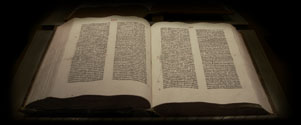
Century II - 41
The great star will burn for seven days,
The cloud will make two suns appear:
The large mastiff will howl all night
When the great pontiff changed territory.
- Nostradamus
Not all New Year's Days are created equal and this one coming up happens to be a special one. The previous one was special as well, both being attached to the year 2016, the point of no return. And if the pattern holds, we are in for a whole new set of inter-temporal "clues" which, if decoded properly, should be quite prophetic in nature. Decoding these things happens to be my specialty, or obsession...
It's telling that The Economist's annual, end of the year crystal ball edition features a cover with tarot cards. Obviously they were inspired by the irresistible combination of "Trump" (cards) and the idea of divination (predicting the future). Not too surprising there. (What is surprising though is how most people trying to "decode" it can't even crack the first step: The only two tilted cards, "Judgment" and "The Star", are card #20 and card #17 per tradition, spelling out "20-17" or "2017".)
The Economist is actually a bit late to the party as there was a whole lot of foreshadowing going on last year through the tarot symbolism on New Year's Eve/Day (2015/2016). It came in the form of Dubai's tower inferno evoking the Tower card numbered 16 (as in 20 16)...
...in effect foreshadowing the earthshaking rise of "Trump" who famously lives in Trump Tower (= Tower trump card).
Extending the pattern forward in time would have the new year 2017 correspond to tarot card #17 - " The Star".

It would most certainly be Sirius on New Year's Eve/Day as a magical celestial moment arrives every year when the brightest star in the night sky "culminates" due south reaching its highest point right around midnight on New Year's Eve/Day.
But as I said, it's extra special around 2016. I'm quite aware of this, and it seems so was Nostradamus. Let me introduce you to quatrain II-41, or as I like to call it the "Sirius quatrain":
Century II - 41
La grand' estoille par sept jours bruslera,
Nuee fera deux soleils apparoir:
Le gros mastin toute nuit hurlera,
Quand grand pontife changera de terroir.
The great star will burn for seven days,
The cloud will make two suns appear:
The large mastiff will howl all night
When the great pontiff changed territory.
- Nostradamus
Right now it is highly relevant and timely as shown below:
Line 1: The great star will burn for seven days
Being the brightest star in the night sky, Sirius certainly qualifies as a "great star". It "burns" in the sense that the name "Sirius" means "scorcher" plus the phrase "Dog Days of summer" derives from Sirius's nickname "Dog Star". Even the "seven days" (sept jours) part relates to Sirius in that ancient Egyptians called the star Spd, Spdt, or Sept, resonating with the French sept meaning "seven. ("Seven days" can also allude to the 7-day festival Saturnalia, Dec 17-23.)
Line 2: The cloud will make two suns appear
In esoteric tradition Sirius has been considered the "second sun".
Line 3: The large mastiff will howl all night
Sirius is the "Dog Star" ("mastiff") and it "howls all night" on New Year's Eve/Day by being visible all night long. (Culminating around midnight implies being visible from dusk to dawn.)
Line 4: When the great pontiff changed territory
The last time there was a change in the papacy was back in 2013 when Pope Benedict XVI stepped down and Pope Francis took over. Unbeknownst to most, it managed to multicontextually encode an arrow pointing ahead to the year 2016:
- Pope Benedict XVI is "16" (XVI), numerically resonating with 2016 and the Tower card (XVI)
 
- Pope Francis's first foreign trip ("changing territory") as head of the Catholic Church was to Rio de Janeiro, Brazil in July 2013, where the Summer Olympics would take place in 2016
 Aug 05, 2016 Rio Olympic Games begin
- A geo-alignment pinpointing Rio was implied via Pope Benedict XVI's resignation announcement taking place concurrently with a major meteor impact event in Russia
Feb 11, 2013: Pope Benedict XVI announces resignation Feb 15, 2013: Major meteor impact in Chelyabinsk, Russia  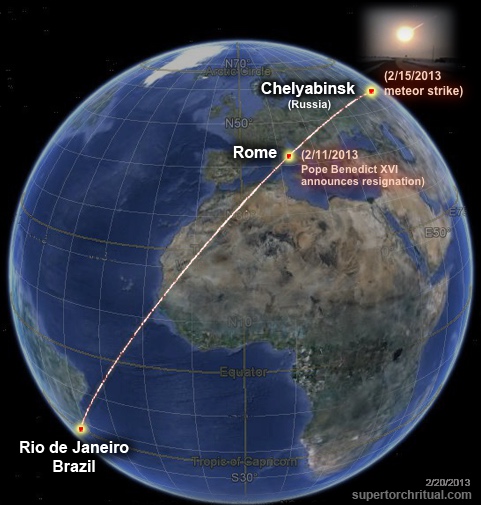 In the context of the "Sirius quatrain" II-41, it makes a lot of sense for Rio to be highlighted in this manner. It has to do with the real, hidden reason behind the name "Rio de Janeiro" or " River of January" which I'm revealing here for the first time anywhere (aside from STRUG/members section which is always ahead)... Firstly, the term " January" (Janeiro) derives from Janus the god of beginnings, endings, time, and doorways. Basically a perfect set of descriptions for New Year's Eve/Day (= beginning of January).
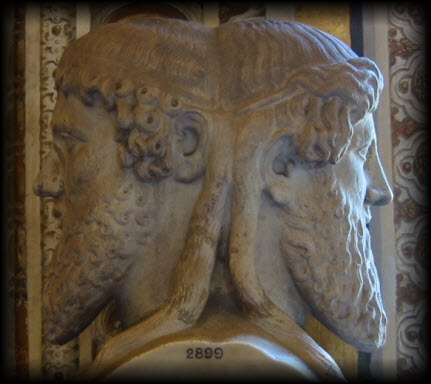
And it just so happens it's right around New Year's Day, when Sirius "howls all night", that Rio and the Sun are aligned in terms of latitude & declination. In other words, the Sun is directly overhead at noon in Rio right around New Year's Day. Rio in this way indeed is a "city of Janus/January"!

As above, so below... Sirius is the " New Year's star" above, Rio de Janeiro is the " New Year's city" below. Having established this and 2016 being the year of the Rio Olympics, we can then quite easily infer that the beginning and ending of 2016 are of special, "ritualistic" significance. We already saw this in action at the beginning of 2016 (Dubai tower fire), and we are now about to witness something at the end of 2016. The straightforward expectation would be that it would reflect " The Star" card - #17 representing "2017" - just as the Dubai tower inferno was a simulation of the "Tower" tarot card, #16. This would mean it would likely involve Sirius on New Year's Eve/Day. (I may actually already know the ritual taking place, but I'll save it for another article, perhaps early next year.) There is another approach here to discerning the nature of the end of 2016 "ritual(s)". It has to do with the fact that Rio and the Sun are also aligned on ~December 10th (equidistant from the solstice).
That "preview" window precisely coincided with a major geopolitical flareup stemming from the apparent Russian cyber attacks against the US during the 2016 presidential election.
 It's an ongoing situation, happening in real time as I write this and it wouldn't be surprising if we hear more about the US retaliation against Russia around the New Year's Eve/Day weekend, such as actual US cyber attacks against Russia.
(I've consistently pointed to the significance of the Russian cyberwar situation since the very beginning. See: Jul 26 tweet, Jul 27 tweet, Jul 30 tweet, Aug 30 update. Here we are, it's like the Cold War has returned.) Saturnalia (Dec 17-23) was another important window we were watching very closely... (Saturnalia starts on Pope Francis's birthday, by the way.) My tweet from Nov 24:
And it was intense indeed...
Notable as it connects right back to the 2015-2016 New Year's Eve/Day "ritual". The name "Dubai" means "market". And the fire there took place right next to the Dubai's spectacular New Year's fireworks.
Makes us wonder if these constitute an omen foreshadowing a major market/financial event coming in the New Year.

I'm going to end this article here, but really we've just scratched the surface. Just the tip of the iceberg for what's unfolding... because 2016 was a tipping point, the point of no return. We didn't even touch on the earth changes and the sixth mass extinction already being discussed on STRUG...
https://www.goroadachi.com/etemenanki/newyears-prophecy.html |
|
|
|
Rispondi |
Messaggio 23 di 32 di questo argomento |
|
El día solar medio es la duración estándar de un día, definido como el tiempo que tarda la Tierra en hacer una rotación completa respecto a un sol medio ficticio, y equivale a 24 horas o 86,400 segundos.
-
Día solar verdadero:
Es la duración del día medida con el sol real en movimiento, que varía ligeramente a lo largo del año debido a la órbita elíptica de la Tierra.
-
Día solar medio:
Es una medida promedio, un día de 24 horas, que se utiliza para la definición de tiempo civil y para cálculos astronómicos.
-
Día sidéreo:
Es el tiempo que tarda la Tierra en hacer una rotación completa respecto a las estrellas fijas, que es ligeramente más corto que el día solar medio (aproximadamente 23 horas y 56 minutos).
En resumen, el día solar medio es la base para la medición del tiempo en la Tierra, y se utiliza para coordinar el tiempo civil y otros cálculos astronómicos.
|
|
|
|
Rispondi |
Messaggio 24 di 32 di questo argomento |
|
Universal Time
Universal Time (UT or UT1) is a time standard based on Earth's rotation.[1] While originally it was mean solar time at 0° longitude, precise measurements of the Sun are difficult. Therefore, UT1 is computed from a measure of the Earth's angle with respect to the International Celestial Reference Frame (ICRF), called the Earth Rotation Angle (ERA, which serves as the replacement for Greenwich Mean Sidereal Time). UT1 is the same everywhere on Earth. UT1 is required to follow the relationship
- ERA = 2π(0.7790572732640 + 1.00273781191135448 · Tu) radians
where Tu = (Julian UT1 date − 2451545.0).
History
Prior to the introduction of standard time, each municipality throughout the clock-using world set its official clock, if it had one, according to the local position of the Sun (see solar time). This served adequately until the introduction of rail travel in Britain, which made it possible to travel fast enough over sufficiently long distances as to require continuous re-setting of timepieces as a train progressed in its daily run through several towns. Starting in 1847, Britain established Greenwich Mean Time, the mean solar time at Greenwich, England, to solve this problem: all clocks in Great Britain were set to this time regardless of local solar noon.[a] Using telescopes, GMT was calibrated to the mean solar time at the prime meridian through the Royal Observatory, Greenwich. Chronometers or telegraphy were used to synchronize these clocks.
 Standard time zones of the world. The number at the bottom of each zone specifies the number of hours to add to UTC to convert it to the local time.
As international commerce increased, the need for an international standard of time measurement emerged. Several authors proposed a "universal" or "cosmic" time (see Time zone § Worldwide time zones). The development of Universal Time began at the International Meridian Conference. At the end of this conference, on 22 October 1884,[b] the recommended base reference for world time, the "universal day", was announced to be the local mean solar time at the Royal Observatory in Greenwich, counted from 0 hours at Greenwich mean midnight. This agreed with the civil Greenwich Mean Time used on the island of Great Britain since 1847. In contrast, astronomical GMT began at mean noon, i.e. astronomical day X began at noon of civil day X. The purpose of this was to keep one night's observations under one date. The civil system was adopted as of 0 hours (civil) 1 January 1925. Nautical GMT began 24 hours before astronomical GMT, at least until 1805 in the Royal Navy, but persisted much later elsewhere because it was mentioned at the 1884 conference. Greenwich was chosen because by 1884 two-thirds of all nautical charts and maps already used it as their prime meridian.
During the period between 1848 and 1972, all of the major countries adopted time zones based on the Greenwich meridian.
In 1928, the term Universal Time (UT) was introduced by the International Astronomical Union to refer to GMT, with the day starting at midnight. The term was recommended as a more precise term than Greenwich Mean Time, because GMT could refer to either an astronomical day starting at noon or a civil day starting at midnight. As the general public had always begun the day at midnight, the timescale continued to be presented to them as Greenwich Mean Time.[citation needed]
When introduced, broadcast time signals were based on UT, and hence on the rotation of the Earth. In 1955 the BIH adopted a proposal by William Markowitz, effective 1 January 1956, dividing UT into UT0 (UT as formerly computed), UT1 (UT0 corrected for polar motion) and UT2 (UT0 corrected for polar motion and seasonal variation). UT1 was the version sufficient for "many astronomical and geodetic applications", while UT2 was to be broadcast over radio to the public.[10][11]
UT0 and UT2 soon became irrelevant due to the introduction of Coordinated Universal Time (UTC). Starting in 1956, WWV broadcast an atomic clock signal stepped by 20 ms increments to bring it into agreement with UT1. The up to 20 ms error from UT1 is on the same order of magnitude as the differences between UT0, UT1, and UT2. By 1960, the U.S. Naval Observatory, the Royal Greenwich Observatory, and the UK National Physical Laboratory had developed UTC, with a similar stepping approach. The 1960 URSI meeting recommended that all time services should follow the lead of the UK and US and broadcast coordinated time using a frequency offset from cesium aimed to match the predicted progression of UT2 with occasional steps as needed.[13] Starting 1 January 1972, UTC was defined to follow UT1 within 0.9 seconds rather than UT2, marking the decline of UT2.
Modern civil time generally follows UTC. In some countries, the term Greenwich Mean Time persists in common usage to this day in reference to UT1, in civil timekeeping as well as in astronomical almanacs and other references. Whenever a level of accuracy better than one second is not required, UTC can be used as an approximation of UT1. The difference between UT1 and UTC is known as DUT1.
Adoption in various countries
The table shows the dates of adoption of time zones based on the Greenwich meridian, including half-hour zones.
| Year | Countries[15] |
| 1847 |
Great Britain[3] |
| 1880 |
Ireland (entire island) |
| 1883 |
Canada, United States[c] |
| 1884 |
Serbia |
| 1886 |
New Zealand[16] |
| 1888 |
Japan |
| 1892 |
Belgium, the Netherlands,[d] S. Africa[e] |
| 1893 |
Italy, Germany, Austria-Hungary (railways) |
| 1894 |
Bulgaria, Denmark, Norway, Switzerland, Romania, Turkey (railways) |
| 1895 |
Australia, Natal |
| 1896 |
Formosa (Taiwan) |
| 1899 |
Puerto Rico, Philippines |
| 1900 |
Sweden, Egypt, Alaska |
| 1901 |
Spain |
| 1902 |
Mozambique, Rhodesia |
| 1903 |
Ts'intao, Tientsin |
| 1904 |
China Coast, Korea, Manchuria, N. Borneo |
| 1905 |
Chile |
| 1906 |
India (except Calcutta), Ceylon (Sri Lanka), Seychelles |
| 1907 |
Mauritius, Chagos |
| 1908 |
Faroe Is., Iceland |
| 1911 |
France, Algeria, Tunis, many French overseas possessions, British West Indies |
| 1912 |
Portugal and overseas possessions, other French possessions, Samoa, Hawaii, Midway and Guam, Timor, Bismarck Arch., Jamaica, Bahamas Is. |
| 1913 |
British Honduras, Dahomey |
| 1914 |
Albania, Brazil, Colombia |
| 1916 |
Greece, Poland, Turkey |
|
| Year | Countries |
| 1917 |
Iraq, Palestine |
| 1918 |
Guatemala, Panama, Gambia, Gold Coast |
| 1919 |
Latvia, Nigeria |
| 1920 |
Argentina, Uruguay, Burma, Siam |
| 1921 |
Finland, Estonia, Costa Rica |
| 1922 |
Mexico |
| 1924 |
Java, USSR |
| 1925 |
Cuba |
| 1928 |
China Inland |
| 1930 |
Bermuda |
| 1931 |
Paraguay |
| 1932 |
Barbados, Bolivia, Dutch East Indies |
| 1934 |
Nicaragua, E. Niger |
| By 1936 |
Labrador, Norfolk I. |
| By 1937 |
Cayman Is., Curaçao, Ecuador, Newfoundland |
| By 1939 |
Fernando Po, Persia |
| By 1940 |
Lord Howe I. |
| 1940 |
The Netherlands |
| By 1948 |
Aden, Ascension I., Bahrain, British Somaliland, Calcutta, Dutch Guiana, Kenya, Federated Malay States, Oman, Straits Settlements, St. Helena, Uganda, Zanzibar |
| By 1953 |
Rarotonga, South Georgia |
| By 1954 |
Cook Is. |
| By 1959 |
Maldive I. Republic |
| By 1961 |
Friendly Is., Tonga Is. |
| By 1962 |
Saudi Arabia |
| By 1964 |
Niue Is. |
| 1972 |
Liberia |
|
Apart from Nepal Standard Time (UTC+05:45), the Chatham Standard Time Zone (UTC+12:45) used in New Zealand's Chatham Islands and the officially unsanctioned Central Western Time Zone (UTC+8:45) used in Eucla, Western Australia and surrounding areas, all time zones in use are defined by an offset from UTC that is a multiple of half an hour, and in most cases a multiple of an hour.[citation needed]
Measurement
Historically, Universal Time was computed from observing the position of the Sun in the sky. But astronomers found that it was more accurate to measure the rotation of the Earth by observing stars as they crossed the meridian each day. Nowadays, UT in relation to International Atomic Time (TAI) is determined by Very Long Baseline Interferometry (VLBI) observations of the positions of distant celestial objects (stars and quasars), a method which can determine UT1 to within 15 microseconds or better.
 An 1853 "Universal Dial Plate" showing the relative times of "all nations" before the adoption of universal time
The rotation of the Earth and UT are monitored by the International Earth Rotation and Reference Systems Service (IERS). The International Astronomical Union also is involved in setting standards, but the final arbiter of broadcast standards is the International Telecommunication Union or ITU.
The rotation of the Earth is somewhat irregular and also is very gradually slowing due to tidal acceleration. Furthermore, the length of the second was determined from observations of the Moon between 1750 and 1890. All of these factors cause the modern mean solar day, on the average, to be slightly longer than the nominal 86,400 SI seconds, the traditional number of seconds per day.[f] As UT is thus slightly irregular in its rate, astronomers introduced Ephemeris Time, which has since been replaced by Terrestrial Time (TT). Because Universal Time is determined by the Earth's rotation, which drifts away from more precise atomic-frequency standards, an adjustment (called a leap second) to this atomic time is needed since (as of 2019) 'broadcast time' remains broadly synchronised with solar time.[g] Thus, the civil broadcast standard for time and frequency usually follows International Atomic Time closely, but occasionally step (or "leap") in order to prevent them from drifting too far from mean solar time.[citation needed]
Barycentric Dynamical Time (TDB), a form of atomic time, is now used in the construction of the ephemerides of the planets and other Solar System objects, for two main reasons.[21] First, these ephemerides are tied to optical and radar observations of planetary motion, and the TDB time scale is fitted so that Newton's laws of motion, with corrections for general relativity, are followed. Next, the time scales based on Earth's rotation are not uniform and therefore, are not suitable for predicting the motion of bodies in the Solar System.[citation needed]
Alternate versions
UT1 is the principal form of Universal Time.[1] However, there are also several other infrequently used time standards that are referred to as Universal Time, which agree within 0.03 seconds with UT1:[22]
- UT0 is Universal Time determined at an observatory by observing the diurnal motion of stars or extragalactic radio sources, and also from ranging observations of the Moon and artificial Earth satellites. The location of the observatory is considered to have fixed coordinates in a terrestrial reference frame (such as the International Terrestrial Reference Frame) but the position of the rotational axis of the Earth wanders over the surface of the Earth; this is known as polar motion. UT0 does not contain any correction for polar motion while UT1 does include them. The difference between UT0 and UT1 is on the order of a few tens of milliseconds. The designation UT0 is no longer in common use.
- UT1R is a smoothed version of UT1, filtering out periodic variations due to tides. It includes 62 smoothing terms, with periods ranging from 5.6 days to 18.6 years. UT1R is still in use in the technical literature but rarely used elsewhere.[25]
- UT2 is a smoothed version of UT1, filtering out periodic seasonal variations. It is mostly of historic interest and rarely used anymore. It is defined by
- ��2=��1+0.022⋅sin(2��)−0.012⋅cos(2��)−0.006⋅sin(4��)+0.007⋅cos(4��)seconds
 - where t is the time as fraction of the Besselian year.[26]
See also
|
|
|
|
Rispondi |
Messaggio 25 di 32 di questo argomento |
|
|
|
|
Rispondi |
Messaggio 26 di 32 di questo argomento |
|
|
|
|
Rispondi |
Messaggio 27 di 32 di questo argomento |
|
|
|
|
Rispondi |
Messaggio 28 di 32 di questo argomento |
|
|
|
|
Rispondi |
Messaggio 29 di 32 di questo argomento |
|
|
|
|
Rispondi |
Messaggio 30 di 32 di questo argomento |
|
|
|
|
Rispondi |
Messaggio 31 di 32 di questo argomento |
|
|
|
|
Rispondi |
Messaggio 32 di 32 di questo argomento |
|
|
|
 Primo Primo
 Precedente
18 a 32 de 32
Successivo Precedente
18 a 32 de 32
Successivo
 Ultimo
Ultimo

|
|
| |
|
|
©2026 - Gabitos - Tutti i diritti riservati | |
|
|









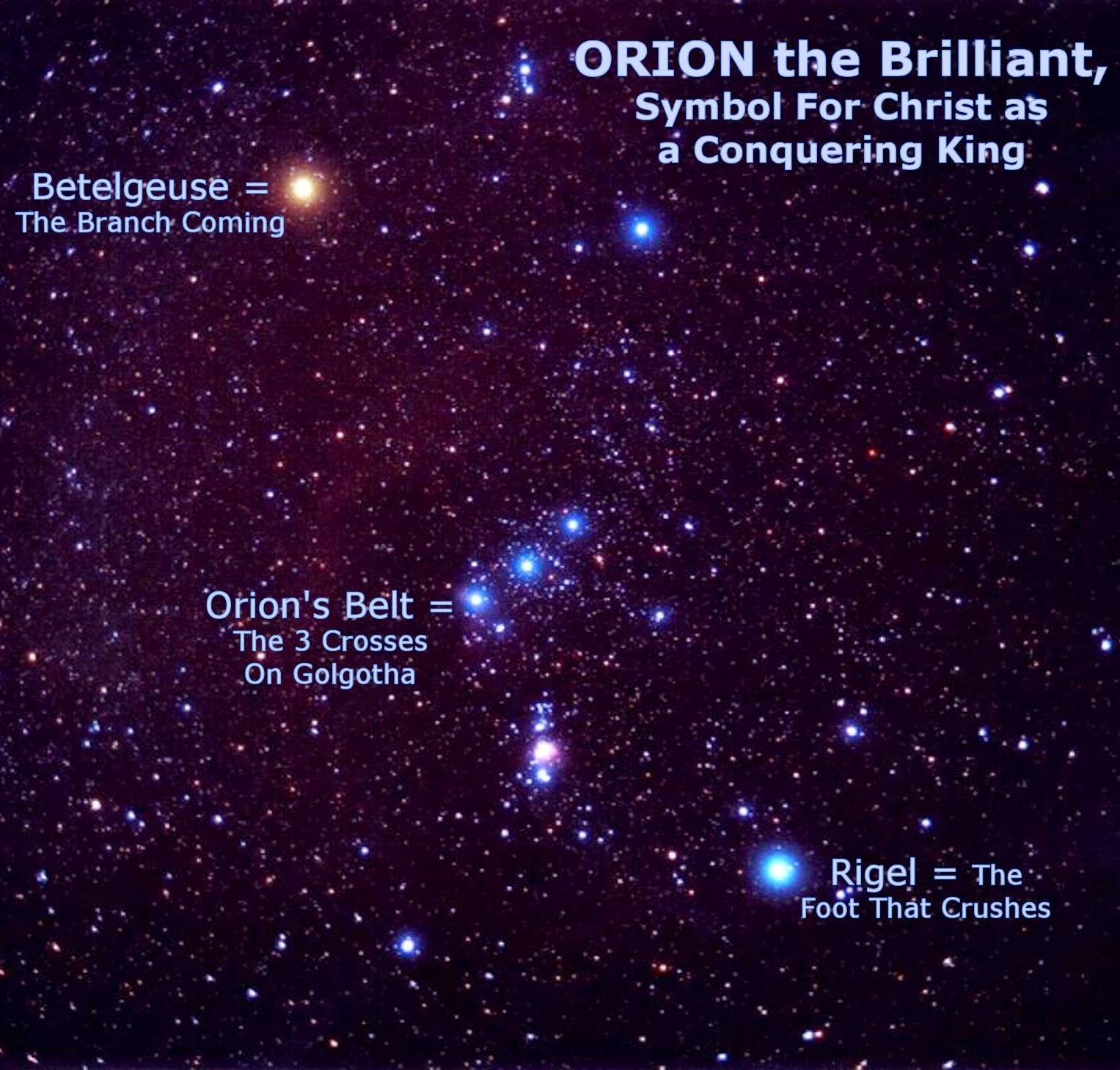
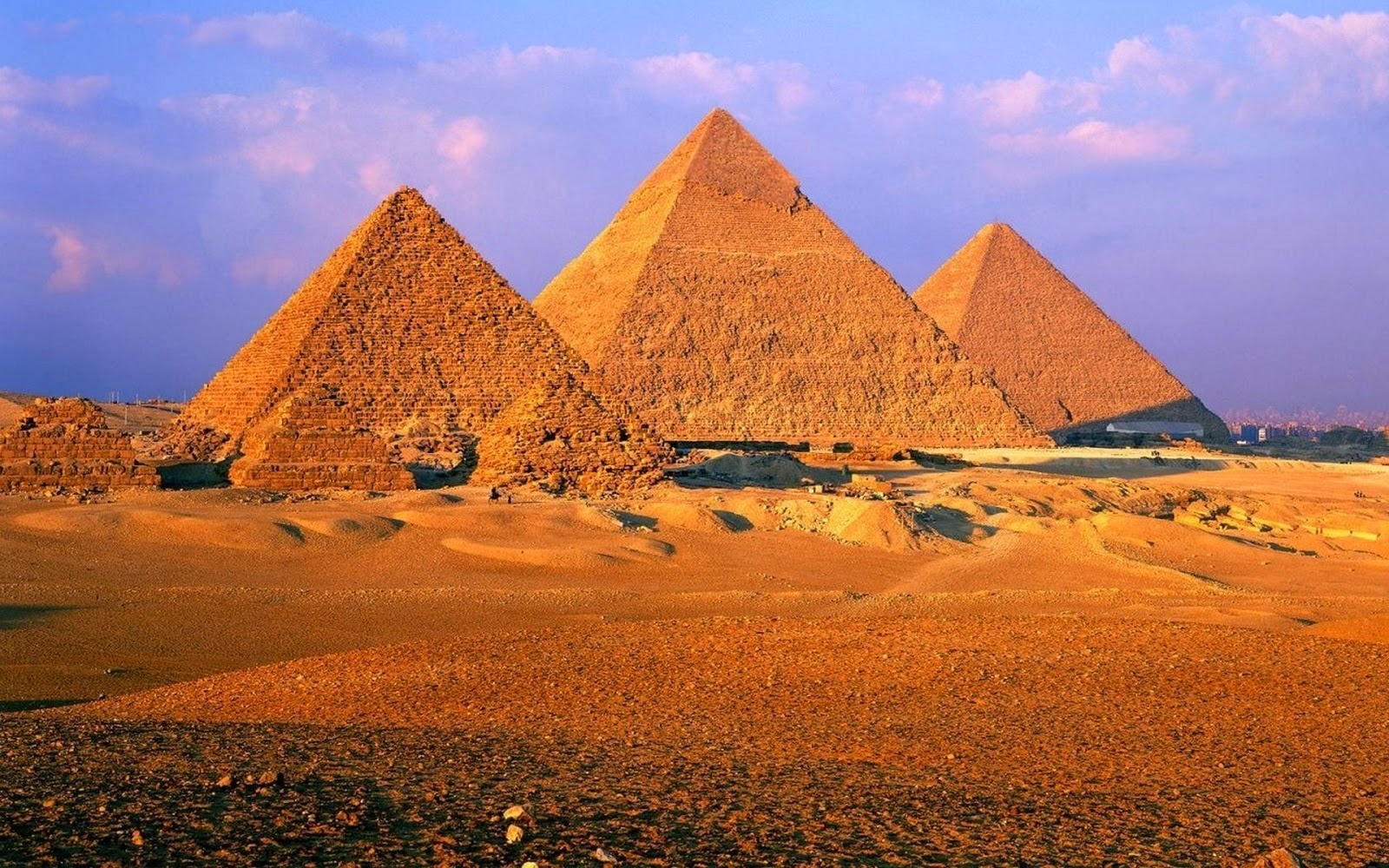





 and the Otherworld (i.e. hyperspace) is prominently represented by the angle 19.5°. According to the theory, it is the tetrahedral geometry signified by this angle that enables inter-dimensional energy transfer between the two realms.
and the Otherworld (i.e. hyperspace) is prominently represented by the angle 19.5°. According to the theory, it is the tetrahedral geometry signified by this angle that enables inter-dimensional energy transfer between the two realms. This 'stargate' geometry is expressed by a circumscribed tetrahedron (made up of four equilateral triangles). Interestingly enough, the hieroglyphic sign denoting Sirius was a triangle in ancient Egypt.
This 'stargate' geometry is expressed by a circumscribed tetrahedron (made up of four equilateral triangles). Interestingly enough, the hieroglyphic sign denoting Sirius was a triangle in ancient Egypt.








